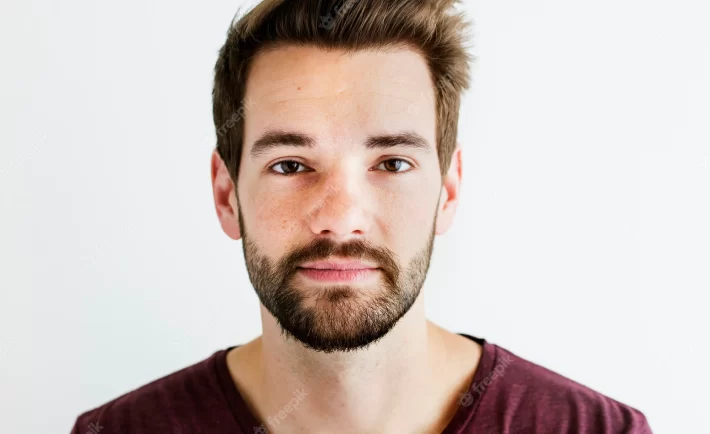
Whenever you enjoy the glorious flavours of a juicy piece of steak, a delicious dollop of gelato, or a savory slice of pizza, you have your salivary glands to thank. And while there can be about a thousand salivary glands in the mouth, there are 3 major ones, including the largest, which is the parotid gland.
Your parotid glands are nestled discreetly near the ears on either side of our faces. In terms of oral and digestive health, these often-overlooked parts of the human body play a vital role, providing saliva that helps with the digestive process.
If you’re ever having issues with these salivary glands or your doctor is recommending a parotidectomy, you’ve come to the right place. This article aims to shed some light on the parotid gland’s significance and the circumstances that lead to the need for a parotidectomy.
The Parotid Gland: Anatomy and Function
The parotid gland, though small in size, wields a considerable impact on your overall health. Positioned on the side of the face, it’s one of the major salivary glands responsible for producing saliva—the unsung hero of your digestive system.
Saliva, often taken for granted, plays an integral role in digestion, lubricating the oral cavity, and even kick-starting the breakdown of food. The parotid gland, along with its neighbours—the submandibular and sublingual glands—acts as a cornerstone of our oral health.
Common Conditions Affecting the Parotid Gland
Like any vital part of our body, the parotid gland isn’t immune to infections and other illnesses that could affect its function. From benign to malignant, a spectrum of conditions can disrupt its normal functions.
Benign tumours, for instance, such as pleomorphic adenomas and Warthin’s tumours, can encroach on the gland’s territory, leading to symptoms like swelling and discomfort. On the darker end of the spectrum, malignant tumours like mucoepidermoid carcinoma can lurk within the gland, requiring timely intervention, such as radiation therapy.
When Is Parotidectomy Necessary?
When the stakes are high and the well-being of the parotid gland and its surrounding tissues are at risk, the surgical procedure known as parotidectomy is usually recommended.
Imagine a scenario where a tumour, benign or malignant, has taken refuge within the parotid gland, threatening to disrupt both its function and the harmony of your oral health. This is when parotidectomy becomes a necessary solution.
Types of Parotidectomy Procedures
Not all parotidectomy procedures are the same. There are two main types if it: superficial and total, and each one of which is tailored to the patient’s specific needs. A superficial parotidectomy involves removing only the outer portion of the gland, leaving the deeper structures intact. On the other hand, a total parotidectomy entails the complete removal of the entire gland, an approach often taken in cases of suspected or confirmed malignancy.
As intricate as they seem, these procedures are guided by advanced surgical techniques and careful navigation around the facial nerve, which courses through the gland.
Understanding the Procedure as a Patient
If you’re facing a parotidectomy, understanding the journey ahead can alleviate anxiety and the fear of the unknown. Picture the surgical team’s expertise at work, delicately accessing the gland through an incision near the ear and jawline.
The facial nerve, a crucial companion of the parotid gland, requires the surgeon’s utmost care to avoid disruption. Fortunately, advanced technology and extensive experience intersect as nerve-monitoring tools come into play, ensuring the facial nerve’s preservation and the best possible outcome.
The Importance of Skilled Surgical Expertise
Behind every successful parotidectomy stands an experienced and professional surgical team. That’s why it’s important to put your trust in surgeons with expertise in the field. It ensures thay the delicate “dance” with the facial nerve is executed with precision.
The goal is not only the removal of the gland but also the preservation of the surrounding tissues, as well as of your functional and aesthetic well-being. With a doctor’s surgical prowess, risks are minimised and the possibility of a smooth recovery is enhanced.
Recovery and Post-Operative Care
A parotidectomy marks the beginning of a recovery process that requires patience and self-care. Post-surgery, facial weakness or numbness might make a cameo appearance, but these are often temporary difficulties on your healing journey.
As you navigate the path to recovery, listen to your body and adhere to post-operative guidelines provided by your surgical team. Lastly, trust the process, as gradual improvement is the norm and healing is on your side.
When You Should Go Back to the Doctor
After undergoing a parotidectomy, it’s crucial that you maintain regular communication with your doctor to ensure a smooth recovery and address any potential post-operative concerns. Generally, you should schedule follow-up appointments as advised by your surgical team, which may involve visits within the first week or two of your surgery.
These appointments will allow your doctor to monitor your healing progress, address any complications or discomfort, assess nerve function, and provide guidance on wound care and activity restrictions. Any unusual symptoms such as persistent pain, swelling, facial weakness, numbness, or signs of infection should prompt immediate contact with your healthcare provider to ensure timely intervention and optimal recovery.
The humble parotid gland is a small part of the human anatomy, but it provides a vital service to your digestion and oral health. Hopefully, this brief guide on the parotid gland and parotidectomy will give you a new appreciation for this tiny organ in your cheek. Whether you are facing a parotidectomy surgery or you’re simply curious about this subject, being proactive about your health already casts you on the winning side.




